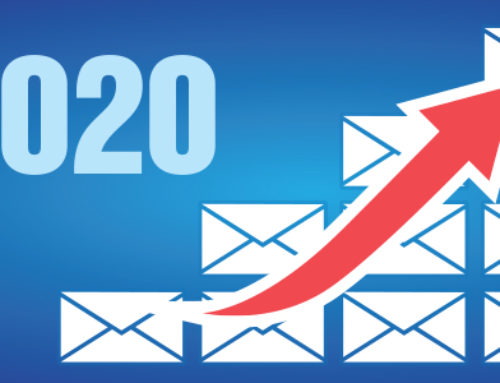Good news for colleges—the number of high school seniors applying to college has been steadily rising over the past few years. That number is expected to climb another 10% in the near future. That means thousands of additional students evaluating schools, individual academic programs, visiting campuses, and going through the application process.
While an increased number of applicants may sound like attracting prospective students will be easier than ever, competition among colleges to attract admissions candidates will continue. And the way schools market to students has changed, as schools are seen increasingly not as centers of education but as “businesses” that offer customer service and lifestyle experiences.
In order to compete in this evolving market, colleges are investing more time and money into their marketing strategies, either developing their existing marketing department or hiring outside agencies to help.
Where ever you are in your marketing planning, here are some tips for reaching students. Keep in mind that while Gen Z is addicted to technology, they also take pride in being socially aware, accepting differences like race and gender, have a “global” mindset, and are very interested in activism (making things better, like the environment, saving animals from extinction, and making schools safer.)
Direct Mail
This is obvious—colleges have depended on direct mail for decades. But now direct mail is more important than ever. Even though Gen Z lives online (and we’ll get to that in a minute) they also love direct mail. Mail is sort of anomaly to Gen Z—they don’t get it frequently, and they tend to view it as more authoritative than all the noise online. It stands out in a crowd.
Direct mail also gives you a chance to highlight specific academic programs and athletics. Sometimes, especially with large universities, there is so much information online it can be hard to dig through it, even with the most sensible layout. A direct mail format allows you to take the most important points (that may be spread out through your website) and pull them together into one easy to read place.
You can target students with multiple direct mail touchpoints, sending them general information about your school, about the programs they are interested in, as well as dorms and dining options, extracurricular activities, and campus events for prospective students. A steady stream of direct mail will keep your school top of mind with your potential applicants. And, because of its concrete nature, it will also serve as an information resource during their decision-making process.
Digital
It would be kind of nuts these days not to include a digital strategy in your university marketing. Every prospective applicant you have has been online since they were a toddler, and kids are receiving iPhones around the seventh grade and becoming permanently attached to them. There are lots of spots Gen Z hangs out online, but here are the ones you should focus your marketing strategy on:
Facebook: Yes, they’ve changed their algorithm, making the site more about connecting with friends than selling products and services. But, they’re still selling products and services, and there are over one billion people online, including Gen Z. If your school does not have an active, regularly updated Facebook page, you need to create one now. This is an easy place to connect with prospects, current students, and alumni.
According to the Pew Research Center, more than half of your prospects are going to visit your Facebook page. And 80% of families are more interested in your school if your FB page is credible. For better or worse, Facebook is seen as a major research tool by most Americans, of all ages.
Snapchat: If you have a Gen Z in your house you’re probably more than aware of Snapchat’s existence. This messaging app, which has over 300 million active users, keeps adding features to keep the young folk engaged, like the new “custom stories” feature that allows users to create stories with collections of photos and videos.
Snapchat gives universities an enormous platform for reaching and influencing prospective throughout the admissions process. You can offer virtual tours of your campus, show video from events like homecoming or games, and even host question and answer sessions. You can also invite participation and offer incentives.
Instagram: A Snapchat competitor, Instagram offers the opportunity to post photos and videos (stories). With over 700 million active users, Instagram has surpassed Facebook in terms of user engagement for brands and celebrities. It also is popular among all ages, making it perfect for connecting with all of your demographics (prospect to alumni). For ideas on how to use your Instagram feed, check out these university Instagram accounts.
Wrap it up!
In short, make direct mail the hero of your university marketing plan and supplement all of your marketing with a digital presence. The direct mail will serve as an “official” resource tucked away on a study desk at home for future reference while your digital efforts will keep your school top of mind among prospects. Connecting with an agency that specializes in college marketing can help you determine the right path for your needs.
Are you an agency that develops creative for universities? Need a flexible, reliable
production partner to manage your data and DM campaigns? Let’s talk!





